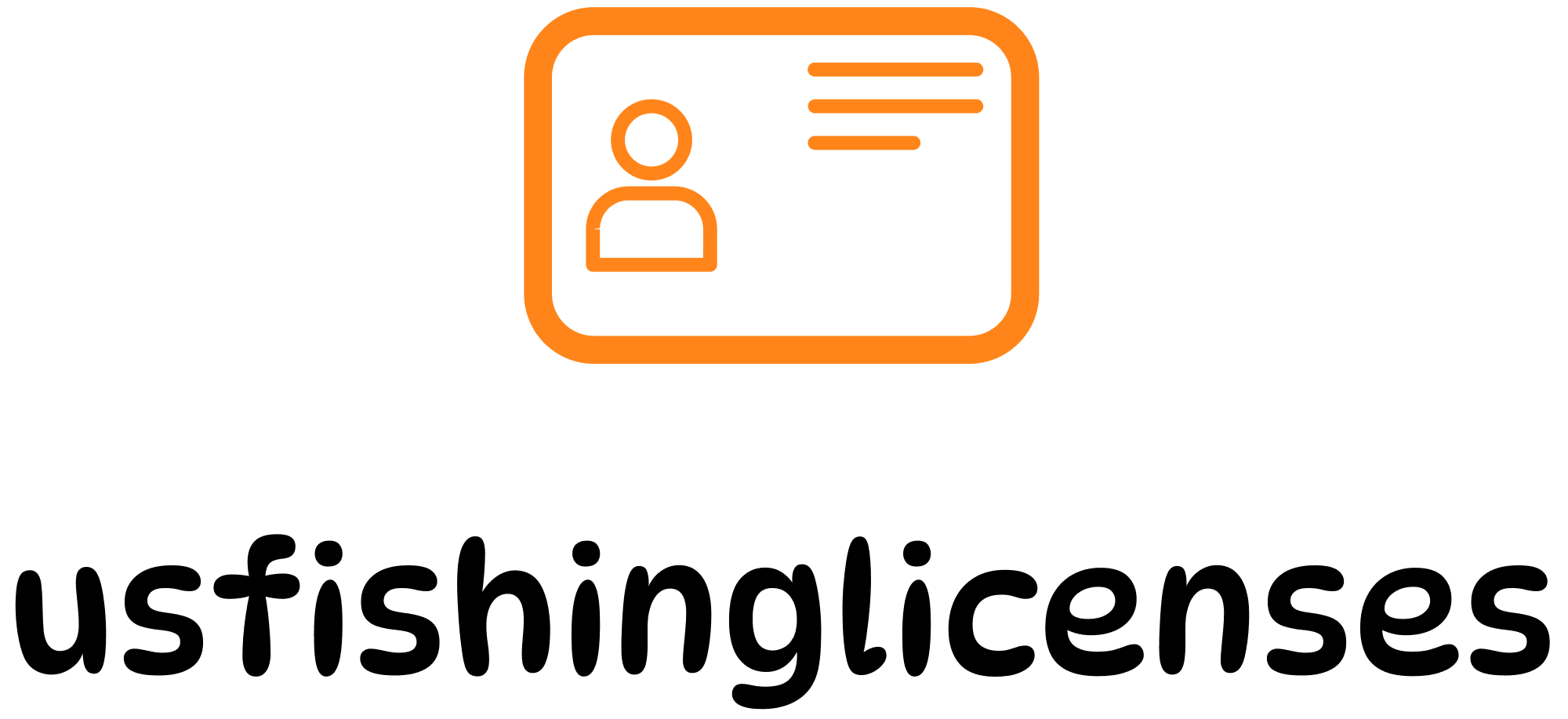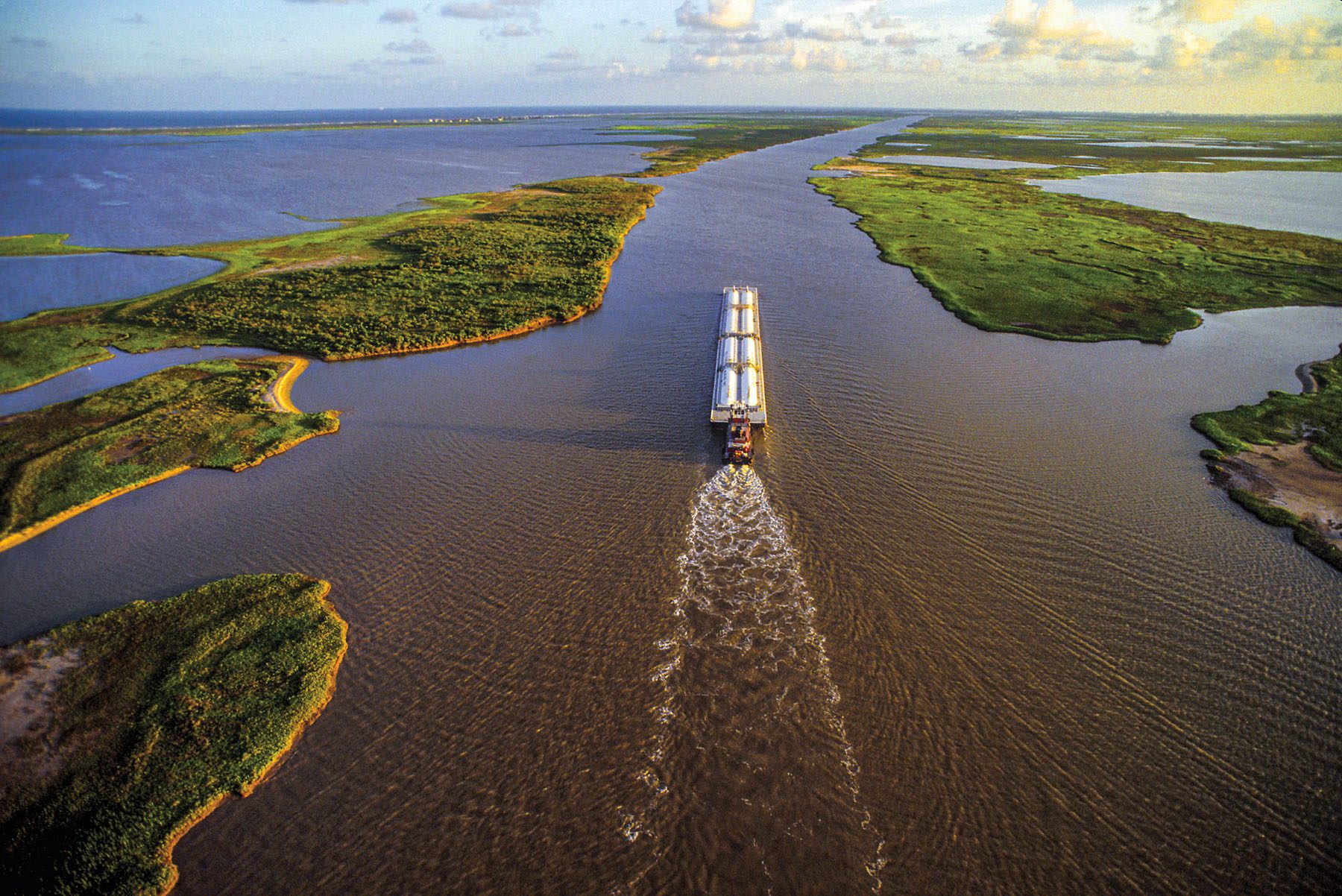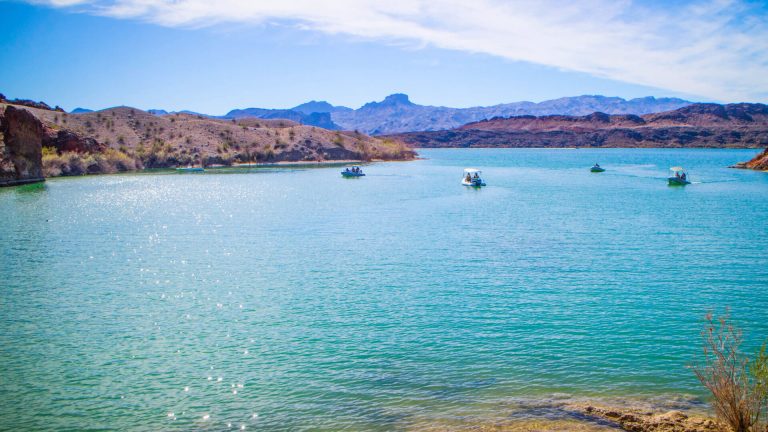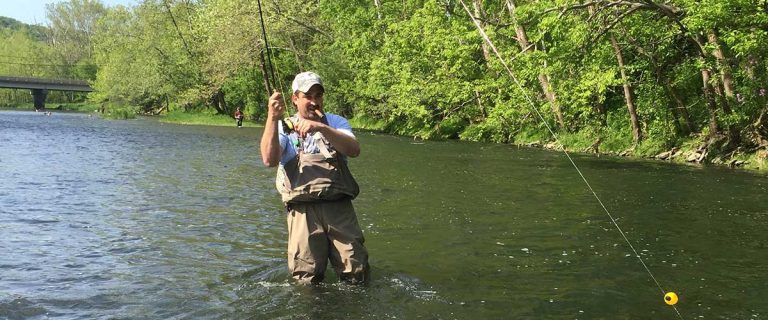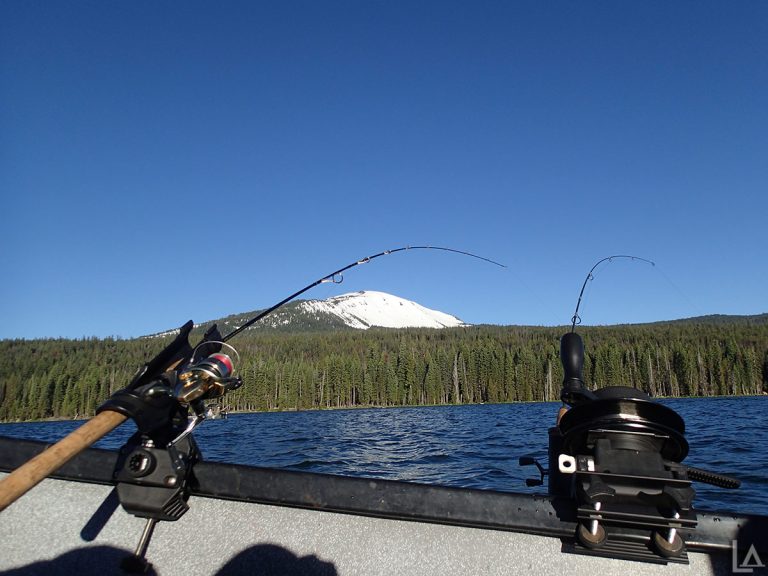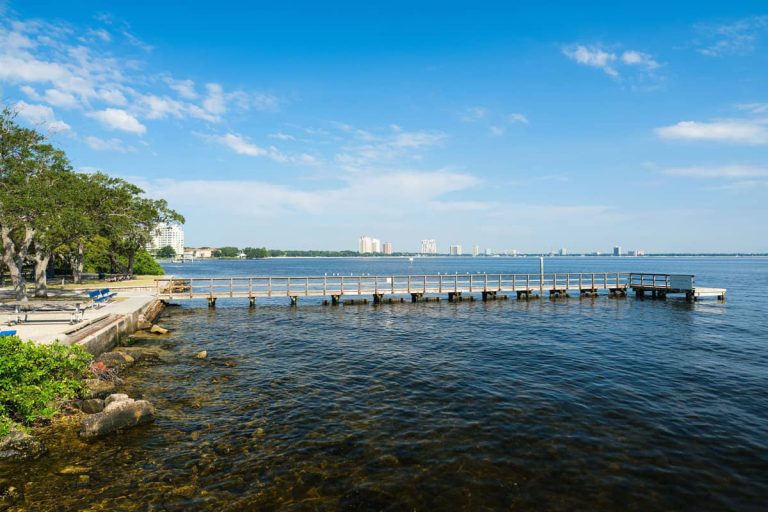Navigating the complex regulations surrounding multiple fishing gear usage can be challenging for both recreational and commercial anglers. Different states and jurisdictions have varying requirements for licensing when utilizing multiple gear types, whether you’re fishing with a combination of rods, traps, nets, or specialized equipment. This comprehensive guide breaks down everything you need to know about license requirements, limitations, and best practices for using multiple fishing gear types across the United States.
Understanding Multi-Gear Fishing License Structures
The regulations governing multiple fishing gear usage vary significantly between commercial and recreational fishing, as well as between different states and federal waters. Most licensing systems follow one of three primary structures:
Gear-specific endorsements are additional authorizations attached to a base fishing license that permit the use of specific gear types. For example, the Pacific Limited Entry Fixed Gear (LEFG) sector requires separate endorsements for longline versus pot gear usage.
Combined licenses allow the use of multiple specified gear types under a single permit, often with restrictions on when and how different gear types can be deployed simultaneously.
Tiered licensing systems categorize permits based on gear types, fishing zones, and target species, with different fees and requirements for each tier.
Commercial vs. Recreational Requirements
Commercial fishers face more stringent regulations regarding multiple gear types compared to recreational anglers. Here’s a comparison:
| Aspect | Commercial Requirements | Recreational Requirements |
|---|---|---|
| License Structure | Often requires specific gear endorsements | Typically allows multiple basic gear types under standard license |
| Cost | Higher fees per gear type | Lower fees with fewer gear-specific add-ons |
| Reporting | Detailed reporting of gear usage and catch per gear type | Limited or no reporting requirements |
| Gear Marking | Strict requirements for marking each gear type | Minimal marking requirements for most gear |
| Limitations | Strict quotas per gear type | Generally simpler bag and possession limits |
For recreational anglers, most states allow the use of multiple basic gear types (such as different rod and reel setups) under a standard fishing license. However, specialized gear often requires additional permits or endorsements.
State-by-State Gear Endorsement Requirements
Licensing requirements for multiple gear types vary significantly by state. Here’s a breakdown of some key states:
Florida
Florida distinguishes between freshwater and saltwater gear types, with separate licensing requirements for each. For saltwater fishing, specialized gear such as cast nets larger than 14 feet, seine nets, and multiple hooks require additional endorsements beyond the standard license.
- Standard saltwater license covers basic rod and reel use
- Additional endorsements needed for special gear like seine nets or gigs
- Commercial gear requires separate commercial permits
Learn more about Florida fishing regulations and Florida saltwater fishing licenses.
Alaska
Alaska’s fisheries management implements a sophisticated gear-specific endorsement system, particularly for commercially valuable species like sablefish.
- Commercial fishers targeting sablefish must choose between pot gear or hook-and-line endorsements
- Recreational anglers may need special permits for specific gear types in certain areas
- The use of multiple gear types on a single trip may be restricted in some fisheries
For detailed information, visit Alaska fishing regulations or obtain an Alaska fishing license.
California
California employs a complex system of gear restrictions and endorsements, especially for its diverse marine fisheries.
- Standard recreational fishing license allows basic gear usage
- Special permits required for specific gear like hoop nets or spears
- Commercial gear endorsements vary by fishery and target species
Visit California’s fishing license page for current requirements.
Operational Limitations and Compliance Risks
Using multiple fishing gear types introduces several operational challenges and compliance risks that anglers must navigate.
Gear Conflict Management
Gear conflict occurs when different fishing methods compete for the same space or resource, creating potential for disputes, gear damage, or safety hazards. The Food and Agriculture Organization (FAO) has developed a scoring system to assess these conflicts based on:
- Spatial overlap between gear types
- Target species competition
- Potential for physical gear interaction
- Historical use patterns
To minimize gear conflicts, many jurisdictions implement:
- Designated fishing zones for specific gear types
- Temporal restrictions (seasonal or time-of-day limitations)
- Gear marking requirements
- Reporting systems for lost or abandoned gear
Catch Limit Complexities with Multiple Gear Types
One of the most challenging aspects of using multiple gear types is navigating the varying catch limits and quotas that may apply. In many jurisdictions, different rules apply based on the gear being used:
- Different bag limits may apply to fish caught with different gear types
- Some species may be legal to harvest with certain gear but prohibited with others
- Switching gear types mid-trip may trigger different regulatory requirements
For example, Washington state implements “crossover provisions” that restrict the maximum catch allowed when anglers switch between gear types during a single fishing trip.
Cost-Benefit Analysis of Multiple Gear Use
Before investing in multiple gear types and their associated licenses, anglers should conduct a thorough cost-benefit analysis.
License Fee Structures
The cost of obtaining licenses for multiple gear types varies widely across jurisdictions:
| State | Base License Cost | Additional Gear Endorsement Costs |
|---|---|---|
| Alaska | $20-$100+ | $15-$75 per gear type endorsement |
| Florida | $17-$47 | $10-$25 per special gear permit |
| California | $52.66 | $14.30-$38.85 per additional gear validation |
| Texas | $40 | $10-$35 for specialized gear tags |
Data sourced from respective state wildlife agencies (2023-2024 rates).
For budget-conscious anglers, some states offer cost-effective options:
- Bundle packages combine multiple gear endorsements at a discount
- Annual vs. short-term options provide flexibility based on your fishing frequency
- Resident discounts significantly reduce costs for state residents
Check US Fishing Licenses cost page for detailed information about licensing fees in your state.
Efficiency and Effectiveness Considerations
When evaluating whether to invest in multiple gear types and their associated licenses, consider:
- Target species adaptability: Different gear effectiveness for various species and conditions
- Seasonal variations: Some gear types work better in certain seasons
- Equipment investment: Initial cost and maintenance of diverse gear
- Learning curve: Time required to master different fishing techniques
- Transport and storage: Logistics of managing multiple gear types
For commercial fishers in Alaska, switching from hook-and-line to pot gear for sablefish has reduced whale depredation issues but required significant new investments in equipment and training.
Navigating Gear Conflicts and Penalties
Understanding the regulatory landscape is crucial to avoid penalties when using multiple fishing gear types.
Common Violations and Penalties
Violations related to improper multi-gear usage often result in significant penalties:
- Unmarked gear penalties: Fines typically range from $100-$500 for first offenses
- Unauthorized gear usage: Penalties can reach $1,000+ with possible license suspension
- Exceeding gear limits: Often results in confiscation of equipment plus monetary fines
- Reporting violations: Failure to properly report multi-gear catches can result in penalties from $250-$1,000
In particularly sensitive fisheries or marine protected areas, penalties for gear violations can be substantially higher and may include criminal charges for repeat offenders.
Best Practices for Compliance
To avoid penalties and ensure compliance when using multiple gear types:
- Maintain proper documentation of all license endorsements and permits
- Mark all gear clearly according to state regulations
- Keep accurate records of catches by gear type when required
- Stay informed about season and area-specific gear restrictions
- Report lost gear promptly to appropriate authorities
For state-specific guidance, consult resources like Alabama fishing regulations or West Virginia fishing regulations.
Emerging Trends in Multi-Gear Licensing
The landscape of fishing gear regulation continues to evolve with technological advancements and conservation priorities.
Digital Licensing Innovations
Modern licensing systems are increasingly leveraging technology to improve management of multiple gear types:
- Blockchain-enabled permits allow real-time tracking of gear deployment and catch reporting
- Mobile applications simplify the process of obtaining multiple gear endorsements
- QR code gear tags enable instant verification of legal gear status
- Digital catch reporting systems streamline compliance for multi-gear anglers
These innovations are making it easier for responsible anglers to comply with complex regulations while helping authorities better manage fisheries resources.
Eco-Certification and Sustainable Gear Programs
An emerging trend in multiple gear regulation is the development of eco-certification programs that incentivize the use of sustainable fishing methods:
- Gear modification incentives provide reduced fees for using wildlife-friendly equipment
- Sustainable gear marking systems help prevent ghost fishing from lost gear
- Gear exchange programs encourage transitions to more selective equipment
- Reduced fees for anglers using certified low-impact gear combinations
For example, Washington’s tribal salmon fishing program includes special provisions for sustainable gear practices that qualify for certification and streamlined permitting. Learn more about Washington tribal salmon fishing licenses.
Special Considerations for Multi-Gear Fishing
Ice Fishing and Specialized Seasonal Gear
Ice fishing often involves unique gear combinations and special licensing considerations:
- Many northern states require specific ice fishing endorsements
- Limits on the number of lines or tip-ups vary significantly by state
- Some states allow more lines during ice fishing season than open-water season
For specific information on ice fishing licenses, visit US Fishing Licenses’ ice fishing page.
Commercial-Recreational Crossover Considerations
Some states offer special provisions for anglers who straddle the line between recreational and commercial fishing:
- Limited commercial permits allow the use of certain commercial gear types with restrictions
- Subsistence fishing provisions in states like Alaska permit specialized gear for personal use
- Charter endorsements may allow guides to use different gear types than standard recreational anglers
Conclusion: Making Informed Decisions About Multiple Gear Types
Successfully navigating the complex world of multiple fishing gear licensing requires careful planning and ongoing education. By understanding the specific requirements in your jurisdiction, conducting a thorough cost-benefit analysis, and staying informed about regulatory changes, you can maximize your fishing opportunities while ensuring full compliance with all applicable laws.
For the most current information about fishing licenses and regulations in your state, visit US Fishing Licenses and consult your state’s fish and wildlife agency directly. Remember that regulations change frequently, so verify requirements before each fishing season, especially when planning to use multiple gear types.
By taking a proactive approach to licensing and compliance, anglers can enjoy the versatility and effectiveness of multiple fishing gear types while contributing to sustainable fisheries management for future generations.
